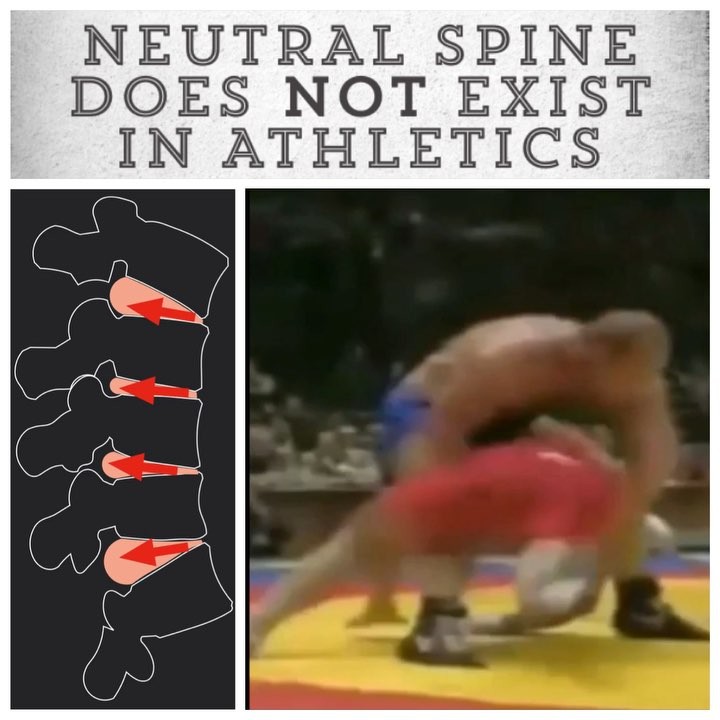Improving shoulder stability
•••••••••••••••••••
Stability does not mean immobile. For proper stability the humeral head should be centralized in the glenoid while the arm elevates. When someone lacks stability they may have inadequate centralizing of the humeral head during elevation. .
How do we improve shoulder stability? .
End-range rotational inputs.
.
“Ihashi et al. demonstrated internal rotation and external rotation will activate all of the rotator cuff musculature including supraspinatus (Wilk 1997).” A healthy shoulder will have an appropriate balance between force couples: deltoids and rotator cuff. This is why proper proprioception is essential. How do we improve shoulder proprioception?
1️⃣Compression: “Increasing the joint compressive load appears to “center” the humeral head within the glenoid and, subsequently, reduces the magnitude of aberrant translations (Wilk 1997).”
2️⃣End-range movements: “Guanche et al. (1995) found the presence of mechanoreceptors in the capsule, creating reflex arcs via capsular afferent nerves, resulted in muscle contraction (Hess 2000).” “Terry et al have theorized that stretch-sensitive mechanoreceptors within the capsular ligaments could be activated by tension, thus, producing a muscular contraction to protect the ligaments at the extremes of motion (Wilk 1997).”
.
Won’t extreme ranges of motion put stress on the joint capsule?
“The joint capsule collagen fiber orientation is comprised of radial fibers. The cross-linked capsular collagen structure assists in providing joint stability. During rotational movements, such as internal and external rotation, the collagen fiber bundles tighten, thus centering the humeral head and reducing humeral head displacement (Wilk 1997).”
.
References:
1️⃣Hess, S. A. (2000). Functional stability of the glenohumeral joint. Manual therapy, 5(2), 63-71.
2️⃣Wilk, K. E., Arrigo, C. A., & Andrews, J. R. (1997). Current concepts: the stabilizing structures of the glenohumeral joint. Journal of Orthopaedic & Sports Physical Therapy, 25(6), 364-379.
.
@functionalrangeconditioning @functionalrangerelease @drandreospina @drmchivers














